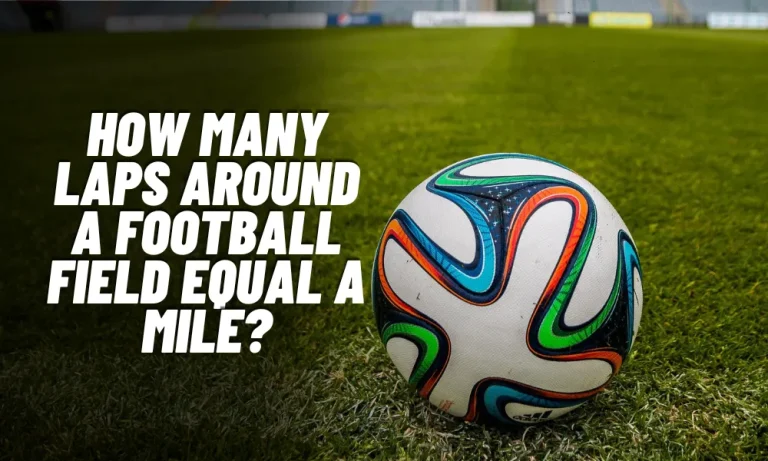Ideal Air Pressure for Sports Balls: What You Should Know
Are you curious about Ideal Air Pressure for Sports Balls: What You Should Know? Let’s dive into the world of sports balls and discover why air pressure is a crucial factor in their performance. Have you ever wondered how that perfect kick or precise throw is achieved? Well, air pressure plays a key role in making those moments possible. In this blog post, we’ll explore why maintaining the right air pressure in sports balls is essential and how it can impact the way you play your favorite sports.
Why is Air Pressure Important in Sports Balls?
Air pressure is crucial in sports balls as it directly affects their performance. The right pressure ensures proper bounce, flight, and control during gameplay. Without ideal air pressure, sports balls may not behave as expected, leading to inconsistencies in play.
For instance, in soccer, having the correct air pressure in the ball can affect the accuracy of passes and shots. It also influences how the ball reacts when kicked or headed. Maintaining the ideal air pressure is essential for players to have better control and predictability in their movements on the field.
Factors Affecting Air Pressure in Sports Balls
Several factors can influence the air pressure in sports balls. Temperature plays a significant role, as changes in heat can cause the air inside the ball to expand or contract. It’s important to consider the environmental conditions when inflating sports balls.
Additionally, the material of the sports ball can impact air pressure. Different materials have varying levels of elasticity, affecting how well the ball retains air. Understanding these factors is key to maintaining the ideal air pressure for optimal performance in sports.
Ideal Air Pressure for Different Types of Sports Balls
The ideal air pressure varies for different types of sports balls. For example, in basketball, the recommended pressure is typically around 7 to 9 pounds per square inch (psi). Footballs, on the other hand, usually require a higher pressure range of 12.5 to 13.5 psi.
Understanding the specific air pressure requirements for each type of sports ball is essential for optimal performance. Overinflated or underinflated balls can affect how they bounce, travel, and respond to player actions. By following the manufacturer’s guidelines for air pressure, athletes can ensure that their sports balls perform at their best.
How to Measure and Adjust Air Pressure in Sports Balls
Measuring and adjusting air pressure in sports balls is simple. Use a pressure gauge to check the current pressure level. To inflate, use a pump with a needle attachment and add or release air as needed to reach the ideal pressure.
Remember to consult the manufacturer’s guidelines for the recommended air pressure range. Overinflating can lead to the ball being too hard while underinflating can affect its performance. Regularly checking and adjusting air pressure ensures that sports balls are ready for optimal play.
Effects of Incorrect Air Pressure on Sports Balls
Incorrect air pressure in sports balls can impact performance. Overinflated balls may bounce too high and feel hard, affecting control and accuracy. Underinflated balls can be sluggish and not travel as far or bounce predictably.
Playing with improperly inflated sports balls can lead to inconsistent play and potential injury risks. It’s crucial to maintain the ideal air pressure in sports balls to ensure fair and safe gameplay while optimizing performance for players of all levels.
Tips for Maintaining Optimal Air Pressure in Sports Balls
Maintaining optimal air pressure in sports balls is key. Store balls indoors at room temperature to prevent pressure fluctuations. Regularly check pressure with a gauge and adjust as needed to ensure consistent performance.
Avoid storing balls in extreme temperatures, as this can affect air pressure. Inspect for leaks or damage that may impact pressure retention. By following these tips, you can keep your sports balls in top condition for longer-lasting play.
FAQ’S
1. How do I know the ideal air pressure for my basketball?
Check the manufacturer’s guidelines, but typically, basketballs require around 7 to 9 pounds per square inch (psi) of air pressure.
2. Can I use a regular pump to inflate my sports balls?
Yes, you can use a pump with a needle attachment to inflate sports balls to the recommended air pressure levels.
3. What are the consequences of overinflating a sports ball?
Overinflating can lead to excessive hardness, affecting bounce and playability, potentially causing discomfort to players upon impact.
4. How often should I check the air pressure in my sports balls?
It’s recommended to check and adjust the air pressure in sports balls before each use to ensure optimal performance.
5. Can temperature affect the air pressure in sports balls?
Yes, extreme temperatures can cause air pressure fluctuations in sports balls. Store them indoors at room temperature for consistent performance.
Conclusion
In conclusion, it’s clear that understanding and maintaining Ideal Air Pressure for Sports Balls: What You Should Know is vital for every athlete and sports enthusiast. By ensuring that your sports balls are inflated to the recommended pressure levels, you can enhance your performance and enjoy a more consistent playing experience. Remember, the next time you hit the field or court, pay attention to the air pressure in your sports balls—it could make all the difference in your game.

